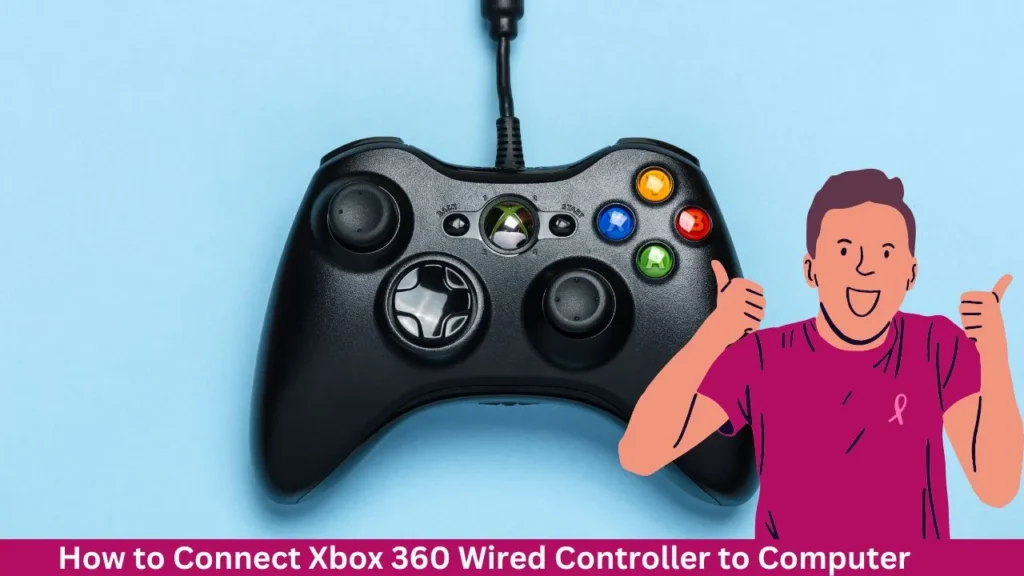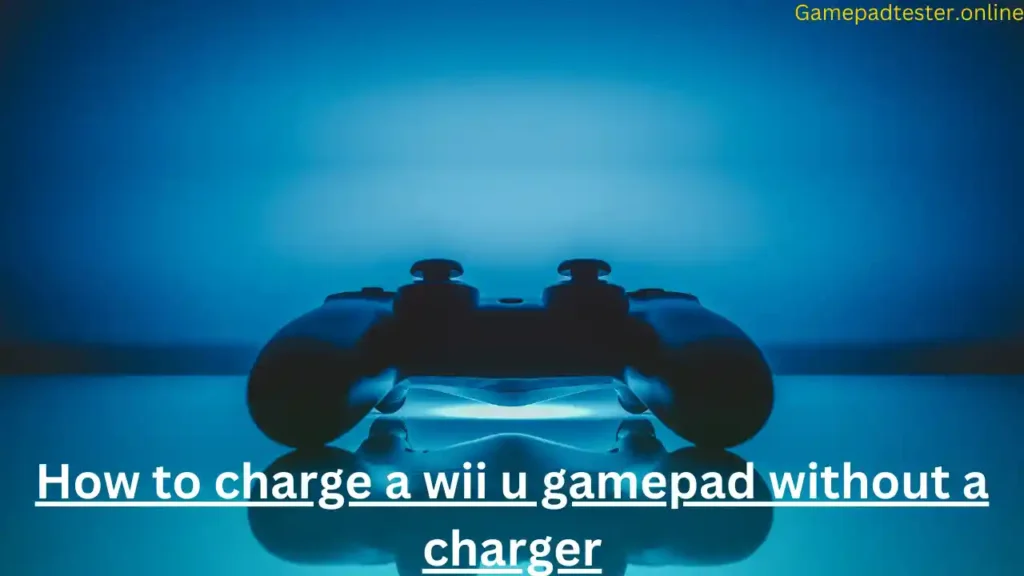Connecting an Xbox controller to your Chromebook opens up a new world of gaming, especially if you enjoy games that are better suited to physical controls. But what if you want to enjoy those games on a bigger screen? With an Xbox controller connected to your Chromebook via USB, and your Chromebook connected to a TV or monitor via HDMI, you can enjoy a console-like gaming experience.
In this guide, we’ll show you how to connect your Xbox controller to a Chromebook using a USB cable, and how to connect the Chromebook to an external display using HDMI.
Why Use HDMI with Your Chromebook for Gaming?
Playing games on a Chromebook can be convenient, but the screen size might limit your experience. By connecting your Chromebook to a larger external display using HDMI, you can:
- Enjoy games on a bigger screen, making it easier to see detailed game graphics and enhance your immersion.
- Get a console-like experience by combining your Xbox controller with your Chromebook’s connection to an external display.
- Create a portable gaming setup that can be moved from room to room while still giving you the flexibility of using your Chromebook’s portability.
What You’ll Need
Before we get started, make sure you have the following:
- A Chromebook running Chrome OS with USB and HDMI capabilities.
- An Xbox One or Xbox Series X|S controller.
- A USB cable:
- For Xbox One controllers, use a micro-USB to USB cable.
- For Xbox Series X|S controllers, use a USB-C to USB cable.
- An HDMI cable to connect the Chromebook to an external monitor or TV.
- A TV or external monitor with an available HDMI port.
Step-by-Step Guide to Connecting an Xbox Controller and HDMI to a Chromebook
Step 1: Power on the Xbox Controller
- Turn on your Xbox controller by pressing the Xbox button in the center of the controller. It should light up to indicate that it is powered on.
Step 2: Connect the Xbox Controller to the Chromebook via USB
- Plug one end of the USB cable into the Xbox controller.
- For Xbox One controllers, use a micro-USB cable.
- For Xbox Series X|S controllers, use a USB-C cable.
- Plug the other end of the cable into a USB port on the Chromebook. If your Chromebook only has USB-C ports, you may need an adapter to convert USB-A to USB-C for Xbox One controllers.
- Once connected, Chrome OS will automatically recognize the controller. The Xbox button on the controller should remain solid, indicating a successful connection.
Step 3: Connect the Chromebook to an External Display via HDMI
- Connect one end of the HDMI cable to the HDMI port on your Chromebook. Most Chromebooks have a built-in HDMI port, but if your device only has USB-C ports, you will need a USB-C to HDMI adapter.
- Connect the other end of the HDMI cable to an available HDMI port on your TV or monitor.
- Switch your TV or monitor to the correct HDMI input using your remote or monitor buttons.
- Once connected, your Chromebook’s display should automatically mirror to the external screen. In some cases, you may need to adjust the display settings on your Chromebook:
- Open the Settings app on your Chromebook.
- Go to Device > Displays.
- Adjust the settings to Mirror display or Extend display, depending on your preference.
Step 4: Test Your Gaming Setup
- With the Xbox controller connected to your Chromebook and the HDMI cable connected to an external display, you can now test your gaming setup.
- Launch any game on your Chromebook that supports controller input. Some popular titles include Minecraft, Asphalt 9: Legends, and Stadia (Google’s cloud gaming platform).
- Use the Xbox controller to navigate the game, while viewing it on the larger external screen. This setup mimics the feel of a gaming console, but with the portability of a Chromebook.
Benefits of Using Xbox Controller and HDMI on a Chromebook
1. Console-Like Experience on a Bigger Screen
By using an Xbox controller and connecting your Chromebook to a larger display via HDMI, you can enjoy a near-console experience. Games that benefit from a bigger screen and physical controls, like racing or action games, feel more immersive when played this way.
2. Flexible Gaming Setup
With this setup, you have the flexibility to play your games anywhere, whether on the go with the Chromebook’s internal screen or at home connected to a large TV. It’s ideal for gamers who want to switch between portable and home gaming without needing a dedicated console.
3. Better Ergonomics
Using an Xbox controller provides more ergonomic input than touch controls on the Chromebook screen, especially for games that require fast reflexes or precise movements. You can also sit back and enjoy your games from a distance, rather than being hunched over your Chromebook.
4. Easy to Set Up
This setup requires minimal hardware and is easy to configure. The Xbox controller connects directly via USB without the need for extra drivers, and HDMI works seamlessly to mirror or extend the Chromebook’s display.
Troubleshooting
1. No Display on the External Monitor or TV
- Check the HDMI connection: Make sure both ends of the HDMI cable are securely plugged into your Chromebook and the monitor/TV.
- Switch the input source: Ensure the TV or monitor is set to the correct HDMI input. Use the input/source button on your remote or monitor controls.
- Adjust Chromebook display settings: Go to Settings > Device > Displays and make sure Mirror Display is turned on if you want the same screen on both devices.
2. Controller Not Recognized by the Chromebook
- Try a different USB port: If your Chromebook has multiple USB ports, try connecting the controller to a different port.
- Check the cable: Make sure you’re using a proper data-transfer USB cable, not a charge-only cable. Data-transfer cables allow communication between the controller and Chromebook.
- Restart the Chromebook: A simple restart can often fix connection issues.
3. Input Lag on the External Display
- Check HDMI connection quality: Ensure that the HDMI cable is functioning properly and that it’s compatible with high-definition video output. Older or faulty HDMI cables can cause input lag.
- Close background applications: Multiple tabs or apps running in the background can slow down system performance, affecting gaming responsiveness. Close unnecessary programs and tabs to free up resources.
Conclusion
Connecting an Xbox controller to your Chromebook using a USB cable, along with an HDMI connection to an external display, allows you to enjoy gaming on a bigger screen with console-like control. This setup is easy to configure and provides a comfortable and immersive gaming experience that’s perfect for longer gaming sessions or playing graphically intensive games.
Whether you’re racing, exploring virtual worlds, or streaming games through Stadia, this combination transforms your Chromebook into a flexible gaming machine capable of delivering hours of entertainment. So grab your controller, hook up the HDMI, and start gaming!


